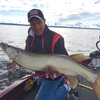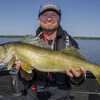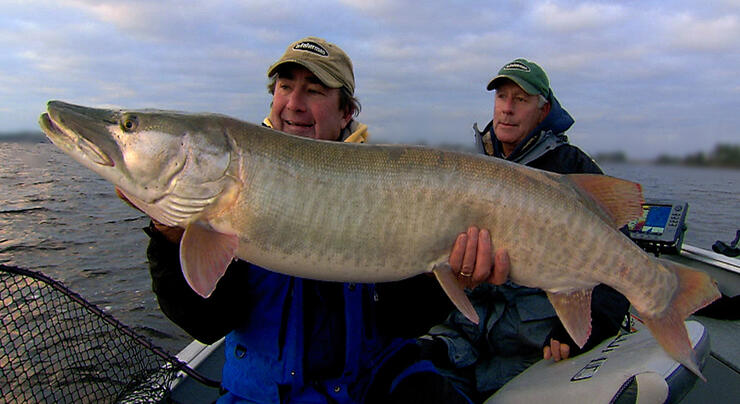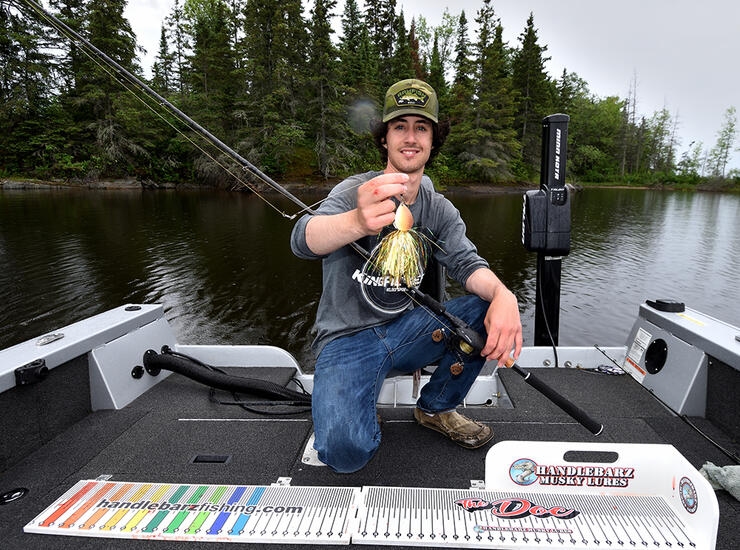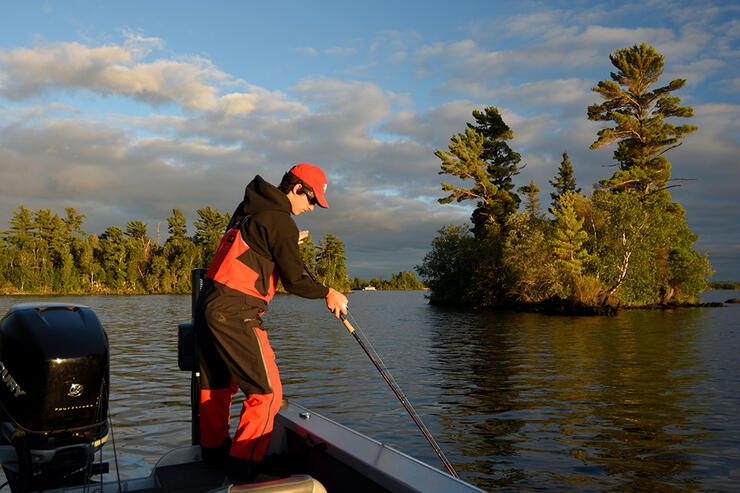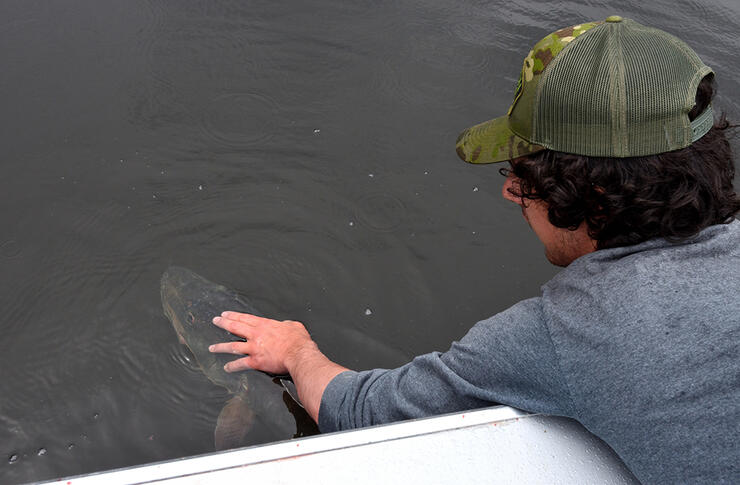
Hooked On Muskies

Ontario is blessed with the finest muskie fishing on Earth. It is an embarrassment of riches, really, when you think about the world-class fisheries we have splayed out on our doorsteps. Mystical waters like Lake of the Woods, Eagle Lake, Lac Seul, Lake Nipissing, Georgian Bay, the Kawartha Lakes and the Ottawa River. And that is barely scratching the surface.
There is also probably no other fish that quite excites the angler’s soul like the legendary fish of ten thousand casts. Although if it is taking you ten thousand casts to catch one, you’re doing something wrong. And that something is often setting the hooks improperly into the big bony mouth of a toothy critter.
It is a lesson I learned early on in my muskie fishing career when I hooked the biggest fish I'd ever caught up to that point. I was casting a silver-bladed, black bucktail Mepps Musky Killer and watched the fish streak out from within the small clump of cabbage weeds that it was using as cover and intercept the lure. In one wild serpentine-like wreathing motion it curled up and lunged, flared its red gills and devoured the bait. I drove home the hooks and the battle began. But then something strange happened. As I wrestled the fish up onto the surface and had it coming toward the boat, I watched it ever so nonchalantly open up its mouth and spit out the lure. Despite the fact I had driven them home as hard as I could, the hook points had never penetrated its mouth. The fish had simply clamped down so hard on my lure that I had never moved it.
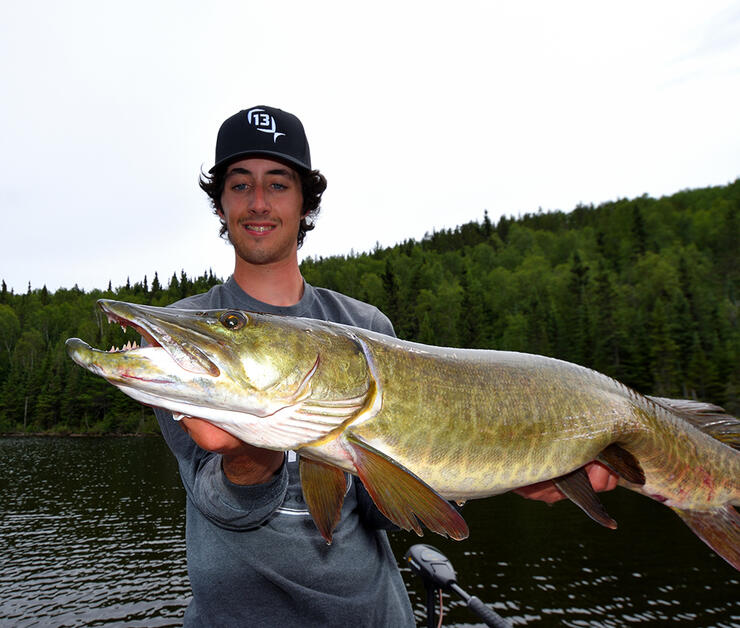
This was back in the days before non-stretch braided lines and I am certain the elasticity associated with the monofilament line I was using played a starring role in the bizarre battle. And seeing the fish strike never helps, either, because big muskies typically hit so hard that you’re certain you’ve hooked them, even when all you have done is watched the scene unfold.
This brings us to the paradoxical moment of truth. You don’t require the physique of a football player to set the hooks into a muskie because doing it right has absolutely nothing—nada—to do with strength. As a matter of fact, I’ve had NFL players with bulging biceps in the boat that actually hindered their hooking success. That is because they thought a good hook set entailed strength when instead it is your filmy wrist that loads the rod so that it can do the job it’s designed to do. And that is to send energy down your line and into the hooks.
Remember the fish I told you about losing early on in my career? I am sure I leaned back and flailed my arms with all the power I could muster. It likely looked like a windmill with a shredded drive belt. Truth be told, I probably repeated the procedure two or three times, too, just to be certain I had done it properly. But if I’d simply reeled down quickly and pointed my rod tip toward the fish and then used my wrist to load the rod and flex it properly, I’d have undoubtedly caught the fish.
Saying this will probably bedevil my grandson Liam who, despite his young age, has caught more big toothy critters than many muskie hunters I know. He has never lost a muskie after he has set the hook. Not one, despite the fact that he likes casting foot-long, thick, soft, plastic muskie baits the fish can sink their teeth into, making it hard to get a good hook set. I'm convinced the reason he is so successful is that he started muskie fishing with me when he was very young and used the same rod-loading motion that he perfected for largemouth and smallmouth bass. You feel the fish, reel down rapidly, load the rod, and transfer the energy.
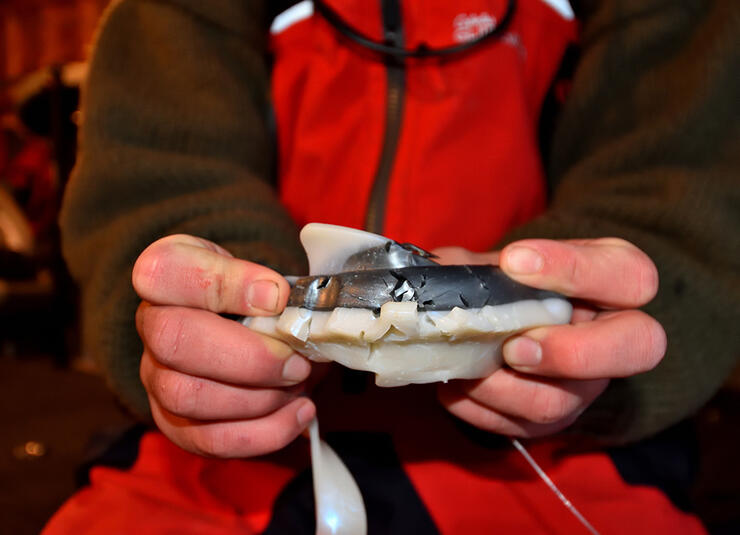
I mention Liam’s penchant for soft plastic lures because some muskie baits are definitely more problematic than others. I find in-line spinners with bushy flashabou tails to be among the easiest to get a good hook set. They look like a mouthful to a muskie, but when it clamps down it's like biting air. The first thing that contacts its mouth is your hook. Mushy plastic and softwood baits—especially cedar—are among the more difficult, on the other hand, because the fish can bite into the material making it more difficult to move the hooks. But when you remember the right procedure and use razor-sharp trebles, you’re going to land every Northern Ontario trophy that strikes this season. Good luck, my friends and good fishing.
Where to Muskie fish in Northern Ontario
Recommended Articles

Cast Into the Heart of a Walleye Paradise

20 Years With Fish TV!

3 Great Ontario Walleye Destinations

Eating Northern Pike

10 Facts About Lake of the Woods
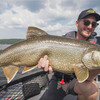
Trophy Lake Trout on Lake Obabika

Brook Trout Fishing at Dunlop Lake Lodge
Ontario Brook Trout
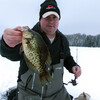
Epic Ice in Northwestern Ontario
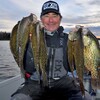
Bivins’ Bounce Crappies

Top 5 Baits for Smallmouth and Largemouth Bass

A Whole Lota Lovin'
Top 5 Musky Destinations in Ontario
Top 8 Places to Ice Fish in Ontario
Don’t Be Afraid Of Muskies

Long Nose Gar

Yellow Perch Egg-Stacy
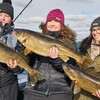
Ladies Walleye Weekend

Shoreline Strategies

